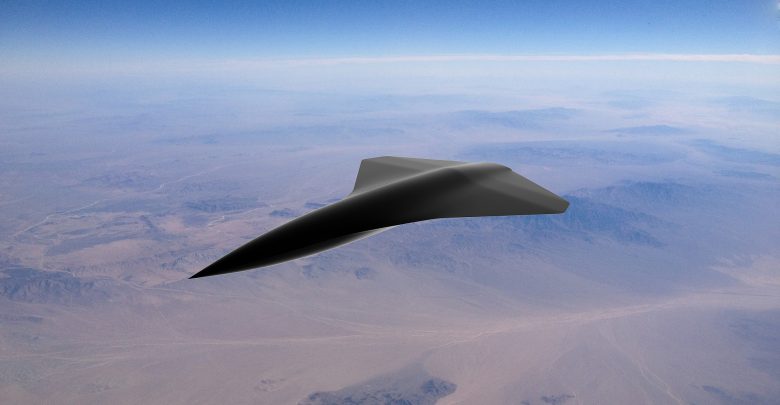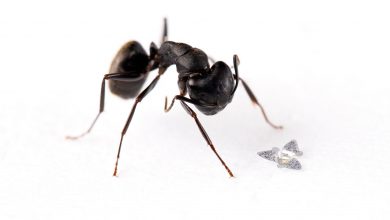
The world of unmanned aerial vehicles is also evolving fast. This week, the folks over at Kelley Aerospace have officially announced the Arrow, a UCAV concept they previously teased in December and that is now ready to be produced in Singapore.
Kelley Aerospace has officially launched its supersonic unmanned combat aerial vehicle (UCAV) concept, and says it has recieved 100 “pre-orders” for the vehicle.
Known as the Arrow, the combat drone was designed and will be produced at the company’s facility in Singpaore’s Seletar Aerospace Park. Test flights of a scale prototype were conducted in Israel in 2014.

Kelley Aerospace’s combat drone concept, known as the Arrow, was launched on 25 February.
Kelley Aerospace states that a manned combat aircraft can control “multiple” Arrow UCAVs, “each with a different mission…equipment [and] weapon set”. It can be launched autonomously, or be remotely controlled by two ground station controllers.
Apart from air-to-air and air-to-surface missions, the company says the Arrow can also be deployed for intelligence, surveillance, target acquisition and reconnaissance tasks.
Indeed, the Arrow has been specifically developed to fit various scenarios and be ready for multiple types of operations. For example, it can either be controlled by someone from the ground or just take off autonomously. Furthermore, it can be part of a fleet of aircraft controlled by one manned airplane or just fly solo to conduct an operation from one end to another.
“The Arrow is designed to complement manned aircraft and be a force multiplier in the aerial battlefield,” an information sheet on the programme states.
With a maximum take-off weight of 37,038lbs (16,800 kg), the Arrow is able to fly more than 2,600nm at speeds of up to Mach 2.1.
The company touts the “relatively low price” of the UCAVs as one of its advantages — a single Arrow UCAV markets for between $9 to $16 million. This, it adds, “allows more airframes to be purchased and yet, have a multi-role supersonic UCAV to perform high-risk missions as it does not necessarily need to return home”.
The aircraft uses a monocoque built from carbon fiber, so it’s rather lightweight, being able to fly more than 2,600nm with a maximum weight of 37,038 lbs (16,800 kg). It won’t cost more than $16 million, but the base version can eventually drop to $9 million.
Back in December, Kelley said it was looking to create no less than 250 new jobs specifically for the production of this new aircraft, explaining that its five-year goal is to get some 500 pilots ready to control its combat drones as part of a general aviation pilot academy.
No specifics have been provided on the customers who preordered the supersonic drones. According to the cited source, the company is already testing two more prototypes as we speak in the United States and Sweden.
“It is designed for a reduced radar cross-section and infra-red signature. The carbon fibre and monocoque design endows the Arrow with outstanding strength and stiffness,” adds the company.
The Arrow UCAV programme is part of an ambitious foray by Kelley Aerospace into the supersonic arena.
It is estimated that it will not cost more than $16 million with prices going as low as $9 million. The firm notes that this “allows more airframes to be purchased and yet, have a multi-role supersonic UCAV to perform high-risk missions as it does not necessarily need to return home.”
Meanwhile, the Black Eagle is described as “the highest endurance UAV on the market today. It is able to handle a large payload spectrum and is fitted with sensors to achieve its given objective.”
At a launch event in Singapore in December 2020, the company disclosed it was also developing a supersonic business jet. Two prototypes are reporting undergoing testing in the US and Sweden.
The company also said that it was looking to get some 500 pilots ready to control its combat drones as part of a general aviation pilot academy. But with unmanned technology advancing at the rate it currently is, one can’t help but wonder if we’ll eventually grow out of the need for highly-trained pilots for operations.





